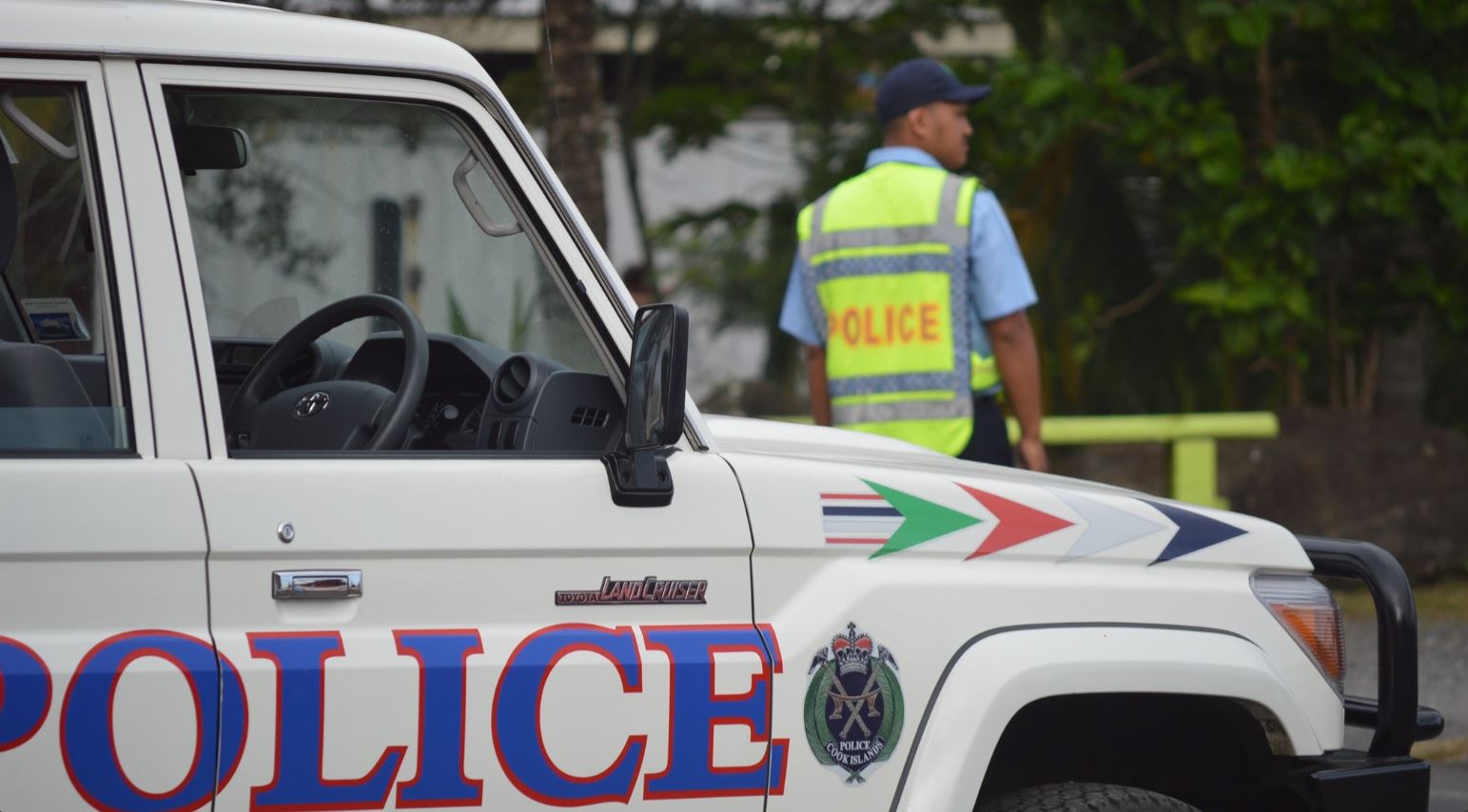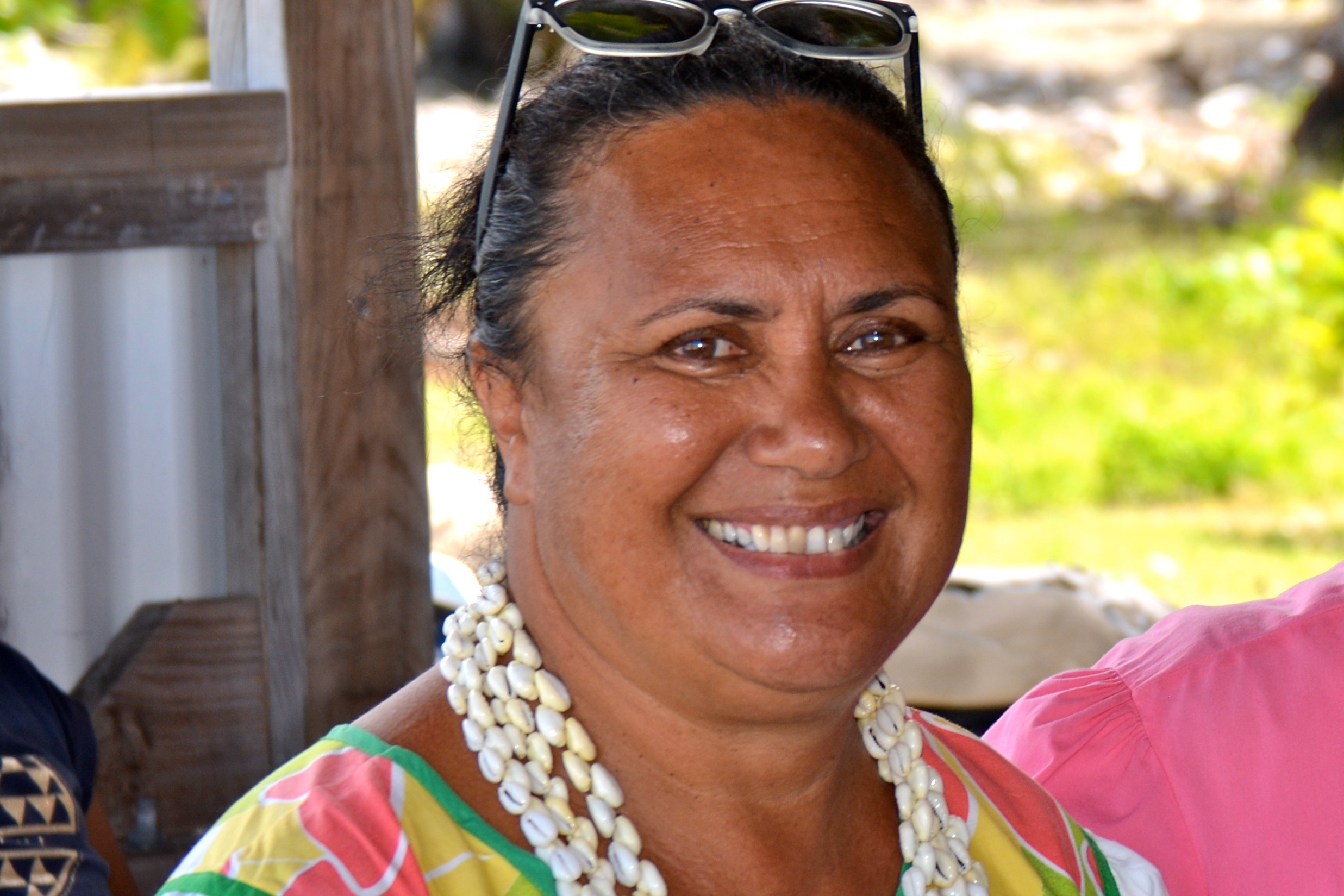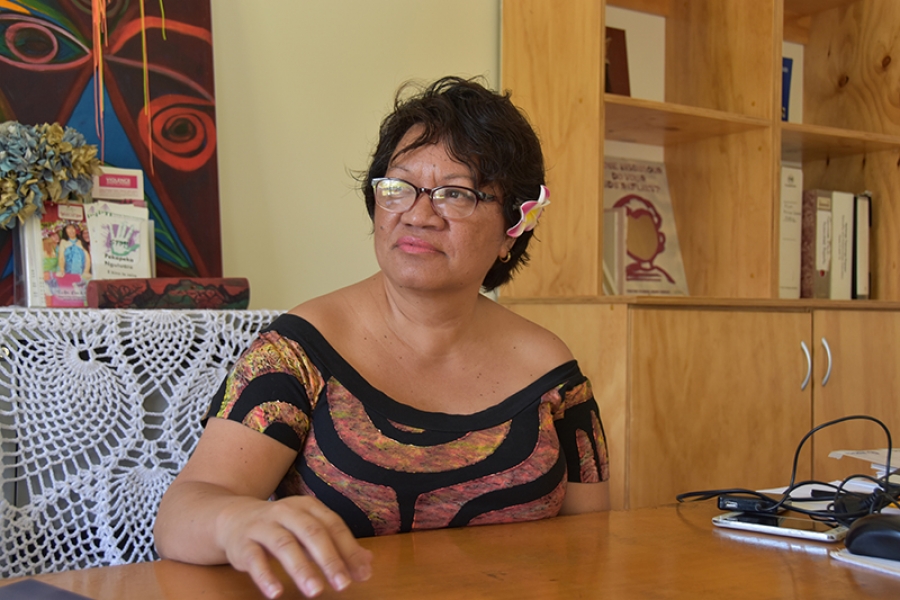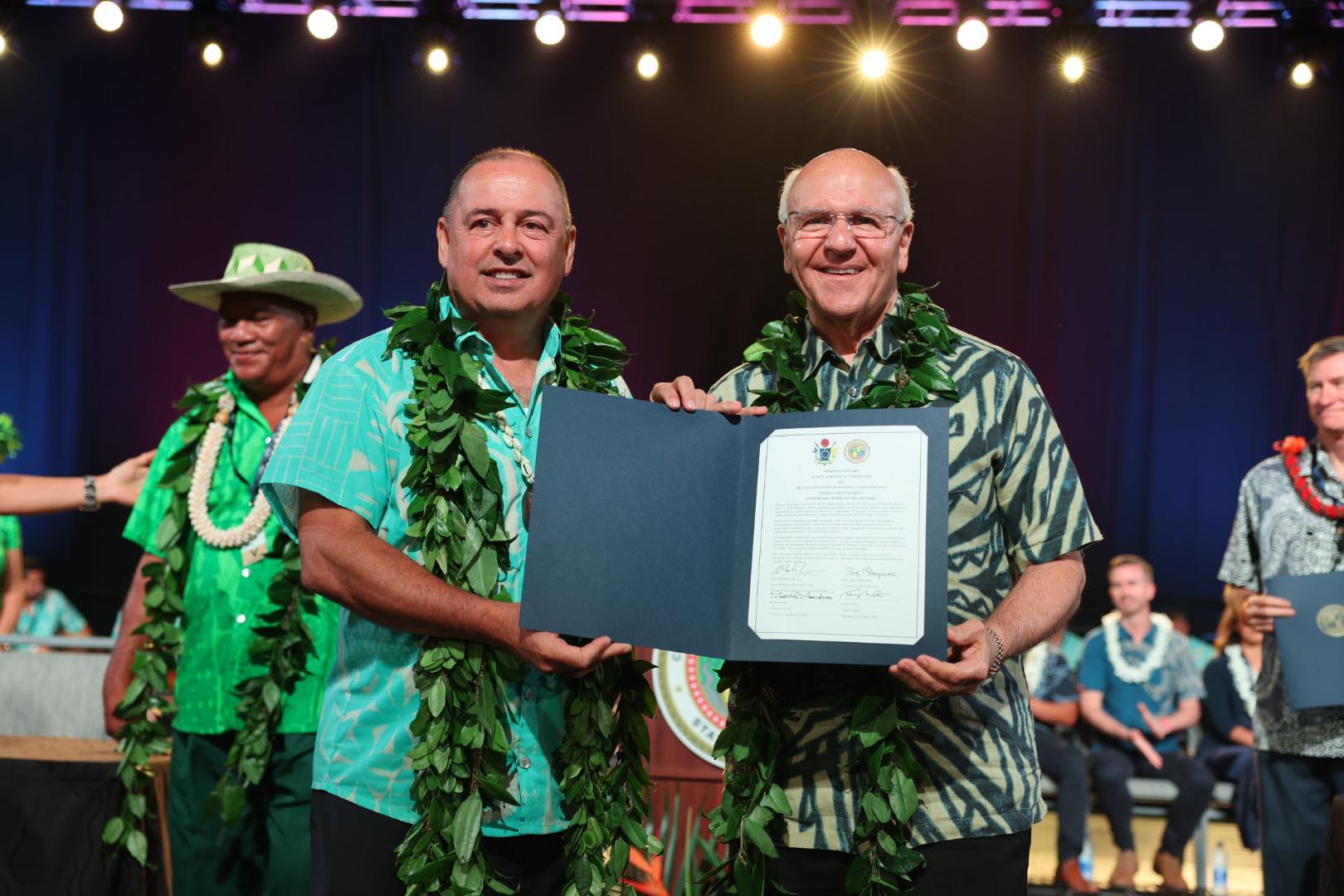Hawai‘i – Hawai‘i’s Kilauea volcano has erupted, forcing nearly 1800 residents to evacuate from their volcano-side homes as molten lava makes its way through forest land and bubbles up on paved streets.
Hawai‘i County said steam and lava poured out of a crack in Leilani Estates, which is near the town of Pahoa on the Big Island.
Lava fountains were shooting 50 metres into the air, and molten lava spread out over an area nearly 200 metres wide behind one house in Leilani Estates, Big Island resident Ikaika Marzo told the Honolulu Star-Advertiser.
“It sounds like a jet engine. It’s going hard,” he said.
County, state and federal officials had been warning residents all week they should be prepared to evacuate, as an eruption would give little warning.
On Thursday Puna residents were on edge following a magnitude-5.0 earthquake and large pinkish plume that rose above Puu Oo vent, which was seen for miles.
There were no immediate reports of injuries as nearby community centres opened for shelter.
Ranson Yoneda, the recreation director for the Pahoa District Park, was readying the gymnasium for evacuees after it was selected as a Red Cross evacuation centre.
He said the people arriving after abandoning heir homes were hungry for information.
“They just want to know what’s going on because they were told it’s a mandatory evacuation,” he said.
The US Geological Survey said new ground cracks were reported on Thursday afternoon. Hot vapour emerged from a crack and spattering lava began to erupt.
Scientists said areas downslope of the erupting vent were at risk of being covered by lava.
Leilani Estates appeared to be at greatest risk, but scientists said new vents and outbreaks could occur and it was not possible to say where.
After the outbreak, the nearby 38-megawatt Puna Geothermal Venture power plant began executing its emergency plan and started shutting down operations, officials said.
A spokeswoman for Hawai‘i Electric Light Co said that despite the shutdown, the utility has enough power to handle the island’s needs without resorting to rolling blackouts or other emergency measures.
According to Professor Ken Rubin, a volcanology expert at the University of Hawai‘i, it is difficult to know how long the eruption will continue.
“We have no way of knowing if this current eruption will be a small blip, or a long persistent thing,” Professor Rubin told the ABC.
“It’s been more than half a century since something erupted in this area.”
He said the location of the eruption made the ongoing situation particularly dangerous.
“It really is very unsafe, especially when a new fissure opens up in a region like this,” he said.
“Because in addition to lava flows and ground shaking and gases, we also have forest fires that are started by the lava flow interacting with the trees in the area.”
The eruption comes after days of earthquakes rattled the area’s Puna district. A nearby school was closed due to the ongoing seismic activity and several roadways cracked under the strain of the constant temblors.
Both Hawai‘i Governor David Ige and Hawai‘i County Acting Mayor Wil Okabe signed emergency proclamations expected to lead to additional funding for disaster relief and emergency management.
Most of Kilauea’s activity has been nonexplosive, but a 1924 eruption spewed ash and nine tonnes of rocks into the sky, leaving one man dead.
- ABC

















































